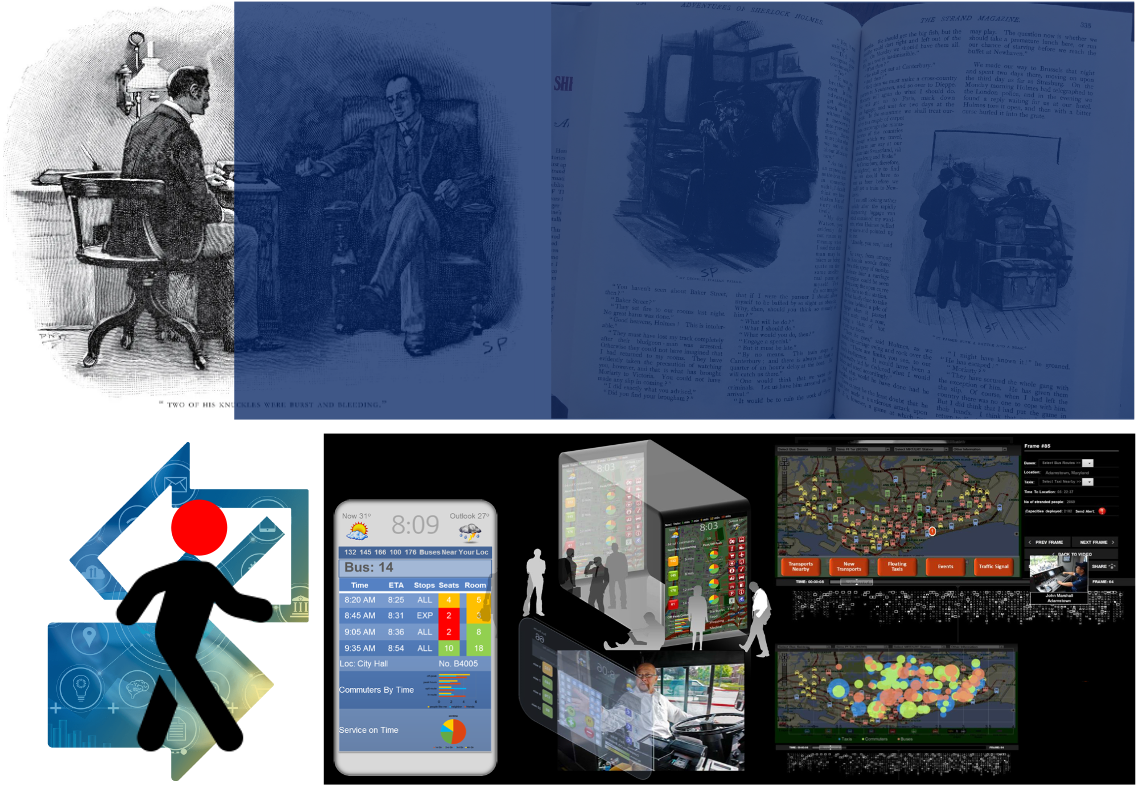Research

Networks
A flavor network that captures the flavor compounds shared by culinary ingredients. Some cuisines show a tendency to use ingredient pairs, similar to human-pairing in network science, that share many flavor compounds, supporting the so-called food pairing and food-bridging hypothesis. By contrast, East Asian cuisines tend to avoid compound sharing ingredients. Given the increasing availability of food information on food preparation, our data-driven investigation opens new avenues for a systemic understanding of networks.
From the perspective of the network science, approach is to re-examine the human-pairing choice possibilities and assignment of resources to control the flow of network. The current approach on network structural controllability, is to account for the nonlinear dynamics inherent to real systems, and allows bringing the system to a desired target state even when this state is not directly accessible due to constraints that limit the allowed interventions.
We set networks flow estimation problem consists of predicting missing edge flows in a network (e.g., food pairing and missing ingredients) based on partial observations. These missing flows depend both on the underlying physics (edge features and a flow conservation law) as well as the observed edge flows. We introduce an optimization framework for computing missing edge flows and solves the problem using bilevel optimization and latent feature learning.
Reward-Objective Inference
We compiled thousands of video and audio data, of food products, recipes, spices and ingredients, in millions of different food combinations and sequences, such as search of result, recognition of result, evaluate various attributes, determine latent features, build trade-offs, forecast desired result with many factors such as colors, texture, temperature and sound of taste that are an important role in food sensation, derive options and determine post-taste cognitive dissonance. The model on an image of food item in a flavor network, rank for evidence supporting (or refuting) any ‘rules’ that may underlie our recipes, we considered that the scientific analysis of any art, including the art of cooking, is unlikely to be capable of explaining every aspect of the artistic creativity involved.
We also compiled a proprietary dataset on customer flow in a quick-service-restaurant (QSR) where, with strict competition, high rentals, and rising costs, hiring the right human resource – especially fluid workforce – for a restaurant still remains as one of the biggest challenges for the franchise owners/managers. The restaurant industry sees one of the highest preferential attachment (pilot-crew scheduling) in the employment networks, and therefore takes extensive care while hiring. Thus, it is important that the machine knows the workstations, human resource structure, different levels of staff skills, desired capabilities, training and experience for each profile, and the designated working conditions to offer according to local labor laws, etc., while allocating capacity and assigning resources at various workstations for the restaurant to achieve desired daily sales.
The goal is to determine flow routing that captures a variety of optimization scenarios that arise in real-world networks. One classic example is the maximum flow problem, which seeks to find the best (in terms of maximum capacity) path between a source node and a sink node. The more general multi-commodity network flow problem allows for multiple flows of different sizes between several sources and sinks that share the same distribution network. Amongst other things, it serves as a formalization of the distribution of packets in a computer network, of goods in a logistics network, or cars in a rail network.
The goal was also to determine network effect, on the other hand, refers to the concept that the value of a product or service increases when the number of people who use that product or service increases. In short, the demand-side economies of scale. The power of the network effect can be understood through a mathematical lens. Think back to a graph. That is, in a graphical model, a chain represents a path that joints the two ingredients, the shortest path represents the strongest pairwise chain of affinities between the two ingredients.

Food-pairing (or human-pairing) and food-bridging (the ability to connect a pair of ingredients, that may or may not have a direct connection, through a path of non-repeating ingredients) are different hypotheses that may describe possible mechanisms behind the recipes of traditional cuisines. Food-pairing intensifies flavor by mixing ingredients in a recipe with similar chemical compounds, and food-bridging smooth contrast between ingredients. Both food-pairing and food-bridging are observed in traditional cuisines.
We managed train machine to determine four classes of cuisines according to food-pairing and food-bridging: East Asian cuisines, at one extreme, tend to avoid food-pairing as well as food-bridging; and Latin American cuisines, at the other extreme, follow both principles. For the two middle classes: Southeastern Asian cuisines, avoid food-pairing and follow food-bridging; and Western cuisines, follow food-pairing and avoid food-bridging. When machine adds a node to a graph, the number of possible connections in that graph goes from n² to (n+1)². This is essentially why the network effect is so powerful. As the system adds more people, the system becomes more useful to outsiders, since now the network has more people of interest for these outsiders.
Food-bridging ranks non-linear and depends positively and linearly on the average number of the ingredients used in recipes. From the rank, we observe that, in this case, food-bridging: East and Southeast Asian cuisines differ significantly from each other; Western cuisines cluster together at the bottom extreme; and Southeast Asian at the other extreme.
The steps of this procedure are also applied to QSR resource allocation and assignment, but because of their complexity they are often solved sequentially. The first step is the resource scheduling problem in which each workstation to be operated for a specific time horizon are scheduled with the objective of maximizing the expected profit. In the second step, resource assignment, the various workstation types such as drive-thru, grill, fries and desert are assigned to the resources, taking into account the estimated customer flow demand, the resource availability, and resource flow conservation. In the third step, order processing and routing, individual resources are assigned to each scheduled workstation, and the solution ensures that each resource spends adequate time at specific workstation for routine operation. The fourth step, crew scheduling, is separable by crew capabilities and workstation type. It finds crew schedules that cover all the scheduled order and satisfy the constraints.
As mentioned, a member of one group (a type of resource) cannot normally be substituted for a member of the other group. The two groups are scheduled separately for three reasons. First, each crew is qualified to operate a specific workstation type or family, whereas crews can be assigned to multiple workstation types. Second, the number of crew required depends on the number of customers, whereas the size of the QSR crew is fixed. Third, crews of some workstations are paid substantially more than other crews because of their level of expertise. Because of its complexity and size, the crew scheduling problem is usually separated into two steps: crew pairing and crew assignment.

The crew pairing possibilities forms a multi-arm bandit phenomena and minimum-cost set of anonymous feasible pairings from the scheduled workstations such that all workstations are covered exactly once and all the pairing regulations and contractual rules are respected. Different workstations have different rules, but the main characteristics of the anonymous pairings are common to all workstations. Crew assignment combines the anonymous pairings with rest periods, vacations, pre-assigned activities such as training, and other breaks over a standardized month to produce a set of individual schedules for the crew members. The schedules must satisfy all the local-labor regulations and contractual rules. In contrast to the crew pairing problem, the crew assignment problem is separable by crew base and fleet type, and one of two general approaches is used:
1. Bidline schedules are constructed anonymously and the QSR then announces them to the crew members. The crew members bid on these schedules, and their bids are used to complete the schedule allocation.
2. Personalized schedules take into account the crew members’ preferred tasks and their needs for special activities such as vacations and training periods. The pairings are combined to give monthly schedules respecting QSR objectives and providing a certain level of crew satisfaction. Two types of personalized schedules are considered: rostering and capability-based. Rostering aims to maximize global satisfaction and may consider a second objective of fairness, measured in terms of the number of satisfied preferences. Capability-based personalized schedules give priority to the satisfaction of the more senior crew members.
